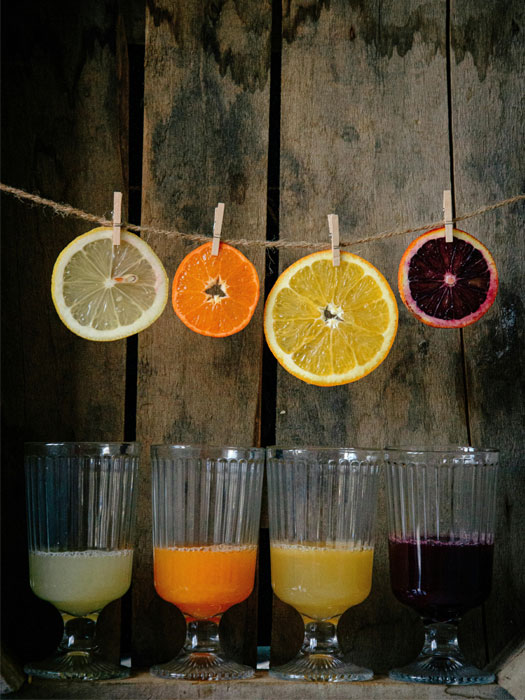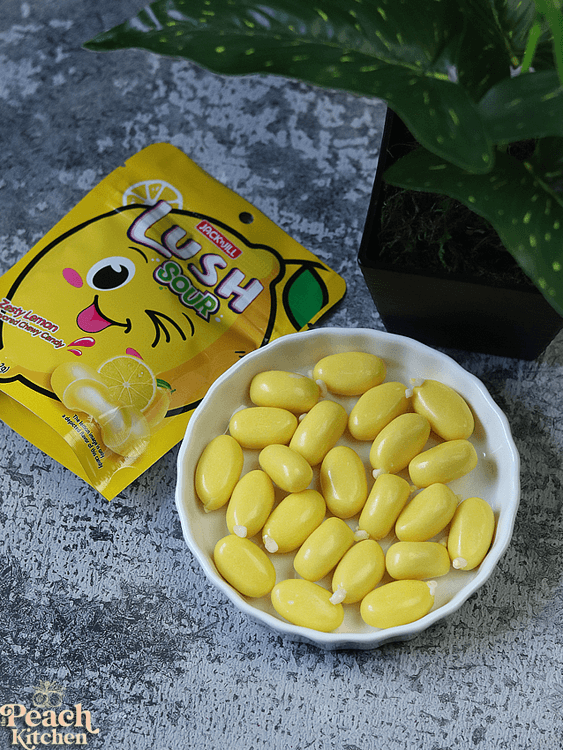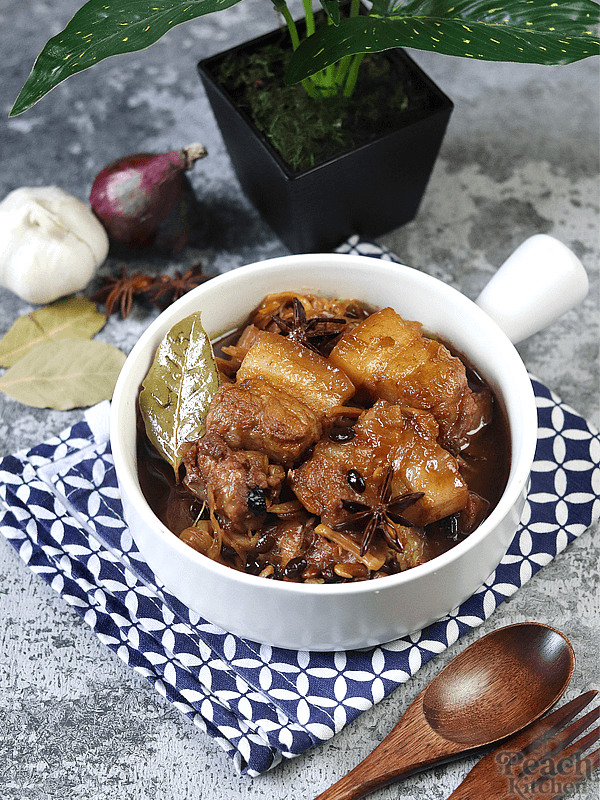At the mention of “notes in wine”, the imagination easily draws the following picture: a noble man holds an impressive glass with a drop of wine at the bottom, shakes it left and right, brings it to his nose, takes a breath, and only then tries it very carefully and necessarily spits. A bit later — describes the sensations and makes a verdict. What kind of image does our imagination suggest, how true is it, and what if the wine never smells of grapes?
How Notes Are Valued
A plump, almost round glass is best for tasting the notes in red wine from Puninwine — wine shop Limassol. The distance between the nose of the taster and the surface of the drink is large enough to reveal the aroma fully, and the shape of the glass directs the liquid evenly to all receptors on the tongue. For tasting full-bodied red wines, this is the right choice.
It is not necessary to shake the glass in different directions to reveal the smell of wine. But you can see how the wine flows down the glass: the longer the trace lingers, the denser and richer the wine. And if some clots and crumbs remain on the wall of the glass, then it is likely that the drink is of poor quality, up to made from powder.
.jpg)
Even if you don’t feel like a sommelier, be sure to lift the glass to your nose and take a breath. Any drink, even a very inexpensive one, will open up better if you “consume” it not only with your mouth but also with your nose. At this stage, you can connect your imagination and your life experience and evaluate what the smell is like. Don’t think about wine, try to find an equivalent — as, for instance, to perfume aromas.
Wine is not beer, so it is not necessary to drink it in large sips. On the contrary, hold the very first sip in your mouth for five to ten seconds, try to “examine” it from all sides, and understand what you feel more:
- sweetness,
- bitterness,
- acidity,
- astringency.
Wine sommeliers spit out wine as soon as they taste it. The meaning of this action is twofold:
- On the one hand, you can get pretty drunk during the evening of tasting.
- And on the other hand, after washing your mouth with water, the specialist will be ready to check and evaluate the next drink without mixing the tastes.
If you don’t have a goal to try as many different drinks as possible, you can do without this procedure, and drink for your pleasure.
.jpg)
What is the “Fragrance Wheel” and How to Use It
The peculiarity of wine is such that only muscat really smells like grapes, while other drinks have a wide variety of smells: from jasmine to castoreum. But all these subtleties are already classified. The most popular classification is the “Wheel of Aromas”, and it is recommended to study it for novice wine connoisseurs.
It is a lined circle, consisting of three circles included one into the other, divided into segments. The central circle is eight to ten of the most general descriptions of smells:
- fruity,
- herbal,
- chemical, etc.
The middle circle, slightly larger than the diameter, divides these general descriptions into more specific ones:
- red berries,
- tropical fruits,
- citrus fruits, etc.
The outer circle offers maximum specifics for aroma descriptions:
- banana,
- plum,
- vanilla.
Remember: the same wine can combine several flavors that manifest themselves in different ways. Therefore, the procedure for moving from the center of the circle to the periphery can be repeated several times with each glass.























